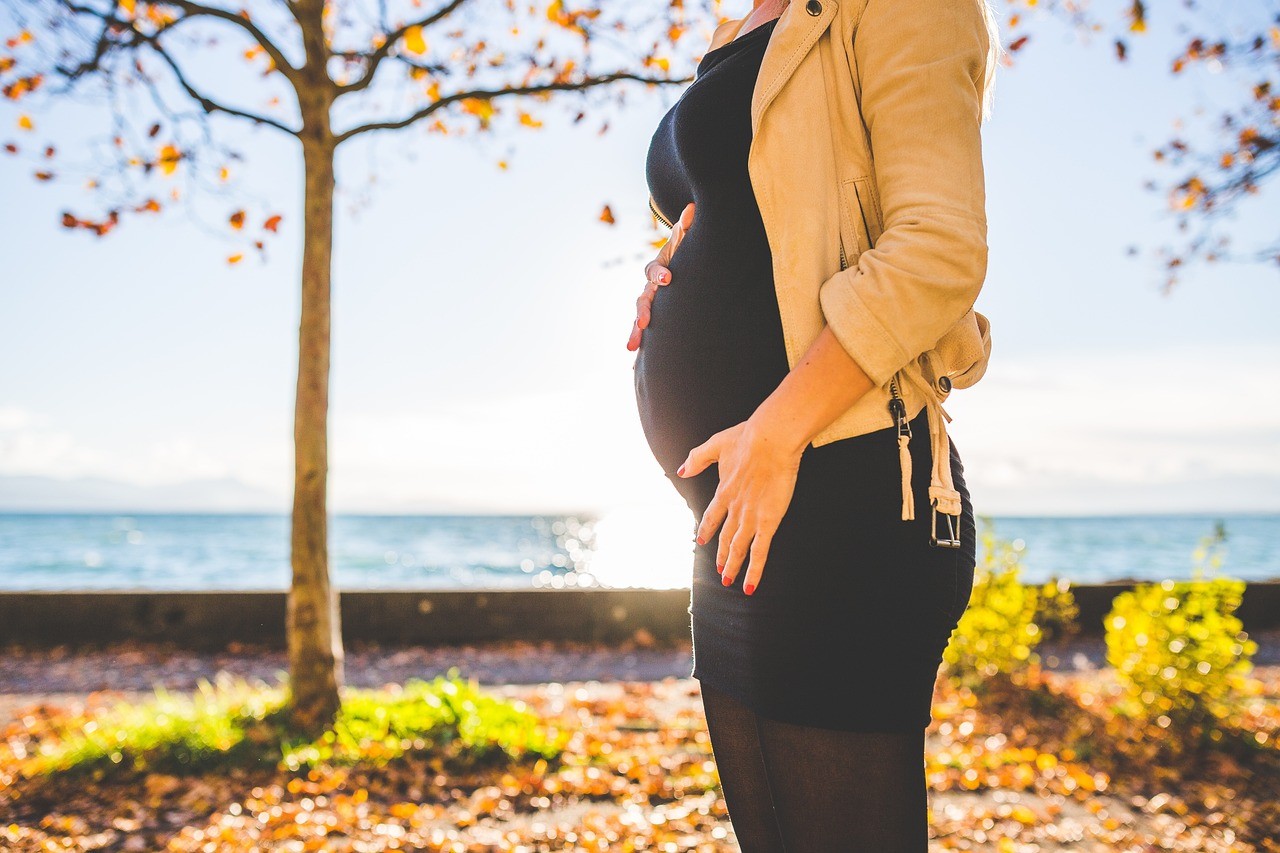Giving birth might be the most difficult work of your life, and you must be prepared.
With a programme intended to maintain the body strong in preparation for childbirth, you can help your body cope with the extra weight and pressure that pregnancy places on it. Pregnancy is a period when a woman’s body naturally gains weight and expands in ways that allow for a healthy birth. An excellent prenatal fitness programme promotes this natural process of growth while also addressing any deficiencies that might develop during and after pregnancy, leaving a woman prone to harm.
The good news is that there are safe prenatal pilates workouts that can help ladies throughout pregnancy! Prenatal pilates is fantastic for expecting mothers because it incorporates all of the advantages of a regular pilates class, but with an emphasis on pregnancy-safe routines to accommodate and support your growing belly, as well as all of the remarkable changes your body is going through during this time! Prenatal pilates is for anyone who wants to work out throughout their pregnancy but has no medical restrictions.
Prenatal and postnatal pilates, much like a clinical pilates routine, should be tailored to your needs rather than being changed for you. This can be done by an experienced physiotherapy clinic like Propel Physiotherapy. Pilates for pregnancy and postpartum focuses on all of the key areas that require special attention, such as upper body strength to prepare for holding, feeding, and carrying; back and core strength to counterbalance a growing belly; butt and hamstring workouts to support a much heavier body; and stronger calves and Achilles’ tendons to maintain balance.
You will be safe performing pilates as long as you train under the supervision of a highly experienced Pilates instructor who has expertise in instructing pregnant women. While it is typically safe to begin Pilates while pregnant, especially if one has previously led a physically active lifestyle, one must still be careful to follow a trained Pilates teacher in order to get the advantages of the system without the risk of damage.
Back discomfort is a typical complaint among pregnant women as their stomachs expand, placing additional strain on their backs. Prenatal pilates teaches you how to activate the core, which comprises the deep abdominals, pelvic floor, diaphragm, and back muscles. This not only helps to support the extra weight and protects the back from damage and overstretching, but it is also essential for post-natal rehabilitation. Core workouts that entail flexion, on the other hand, should be avoided. Flexion is the forward rounding of the spine while standing or sitting, or the upward rolling of the spine when laying down, as in a sit-up. The abdominal muscles are responsible for this motion when performing crunches. Upper Abdominal Curl, Roll Up, and Roll Down Pilates movements compress and shorten the abdominal wall. This is not what you want to do while your tummy is developing during pregnancy – contracting what should be expanding is paradoxical! Instead, try core stability exercises.
It is more crucial than you believe in building and maintaining overall strength across your entire body when pregnant. It will not only support your growing tummy, but it will also prepare you for when your baby arrives. Upper body strength will be essential for constantly scooping up your not-so-little bundle of joy. Breast or bottle feeding also tends to draw you into a hunched-over position, which can cause weakness, stiffness, and pain in the upper back, neck, and shoulders.
Lower body strength training can help you lift, carry, push your stroller, and walk with an uncomfortable baby! General strength training is beneficial for postural strength and functional mobility, but it may also assist you to prepare for labour and the birthing process. As an expecting mother, prenatal pilates is definitely an exercise that you should consider, because the benefits are infinite and you will see lasting effects long after the labour process.





More Stories
Ashwagandha’s Impact on Cortisol Levels in Stressed People
Health care cyberattack ‘likely one of the worst,’ expert says
Accessing Medicinal Cannabis in the UK: A Comprehensive Guide